
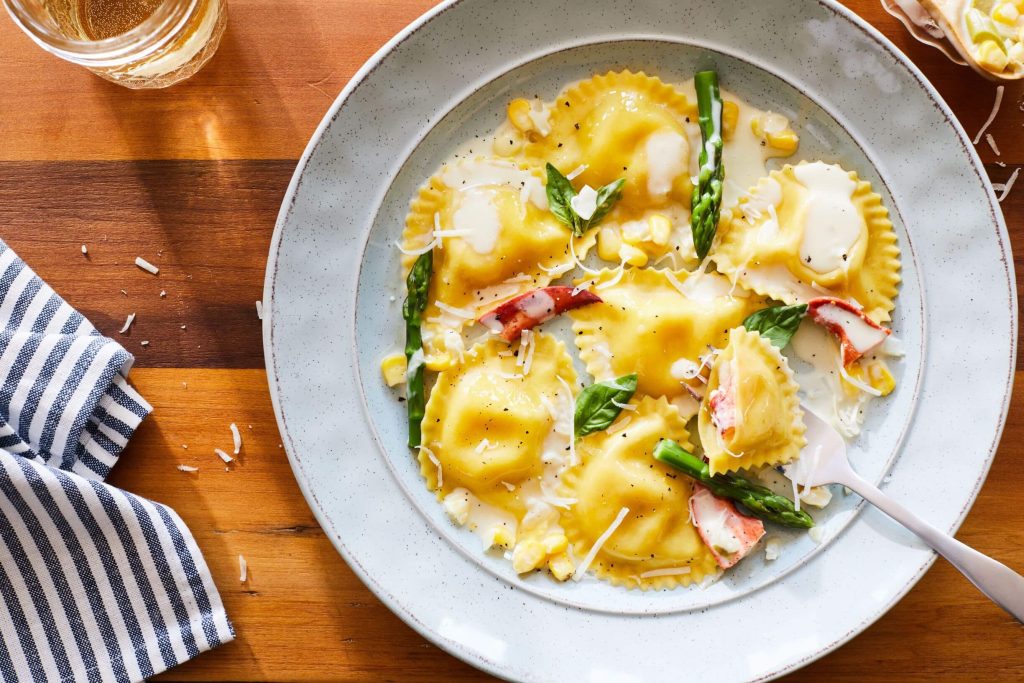
Pasta dough:
On a clean countertop, make a well with the flour, add the eggs and egg yolk to the centre. With a fork, break and start to whisk eggs gently, slowly starting to incorporate the flour from the inside of the well working towards the outside. Once you have combined the dough as much as you can with the fork, start to knead the dough with your hands. Knead dough together for 3 -5 minutes until dough is a smooth, elastic ball. Cover with plastic wrap and let rest in the refrigerator for at least 30 minutes. Pasta dough can be made one day in advance.
Filling:
Bring a large pot of salted water to a boil, once boiling add lobster tails, cook until they turn bright red, about 5 to 7 minutes. Transfer to a bowl of ice water, let cool for 2 – 3 minutes, drain. Once they are cool enough to handle, remove the shell and finely chop the lobster meat.
In a large bowl mix together lobster, ricotta, lemon zest, grated garlic, season with salt and pepper.
Filling ravioli:
Divide pasta dough into 4 pieces, working one at a time, keeping the other pieces wrapped while you work on one. Set your pasta machine to the widest opening, flatten the dough into a rectangle (no large than the opening), roll through once, and then fold in both sides and roll through again repeating this process two more times on the widest setting. Then begin to roll the pasta through the thinner settings, going up one setting at a time, adding a small dusting of flour if needed to prevent the dough from sticking. Roll out the dough until it is almost paper thin, about 1/16 of an inch. Repeat with the remaining pieces of dough. Cover rolled out pasta with a damp kitchen towel.
On a lightly floured surface, working with 1 length of pasta at a time, spoon ½ tbsp of filling on the pasta 4-inches apart from each other. Lightly spray or brush the dough with water around the filling and carefully place another pasta sheet on top. Press down around filling, pushing out any air pockets and sealing the dough around the filling.
Cut out the ravioli with a round cookie cutter and transfer to a flour dusted parchment covered baking tray, cover with a damp towel. Repeat with remaining dough and filling, re-rolling discarded dough scraps if needed.
Once all ravioli have filled, bring a large pot of salted water to a boil.
In a large sauce pan over medium heat, melt butter, add shallots and garlic, cook until they begin to soften about 5 – 6 minutes, season with salt and pepper. Add ¼ cup white wine to de-glaze, and let reduce until it is almost gone, 1 – 2 minutes. Add corn and asparagus, cook for 3 – 4 minutes, until they begin to brighten and are slightly tender. Add cream, bring to a simmer over medium high heat and then reduce to medium low, let cook for 5 minutes until cream slightly reduces. Stir in half the Parmesan cheese.
Once the sauce is almost done, add ravioli in 2 batches to the boiling water, let cook for 2 – 3 minutes, until the ravioli rises to the top of the water, transfer directly to the saucepan. Gently toss the ravioli in the sauce. Divide ravioli among plates, garnish with remaining Parmesan, freshly ground black pepper and tear over basil leaves.
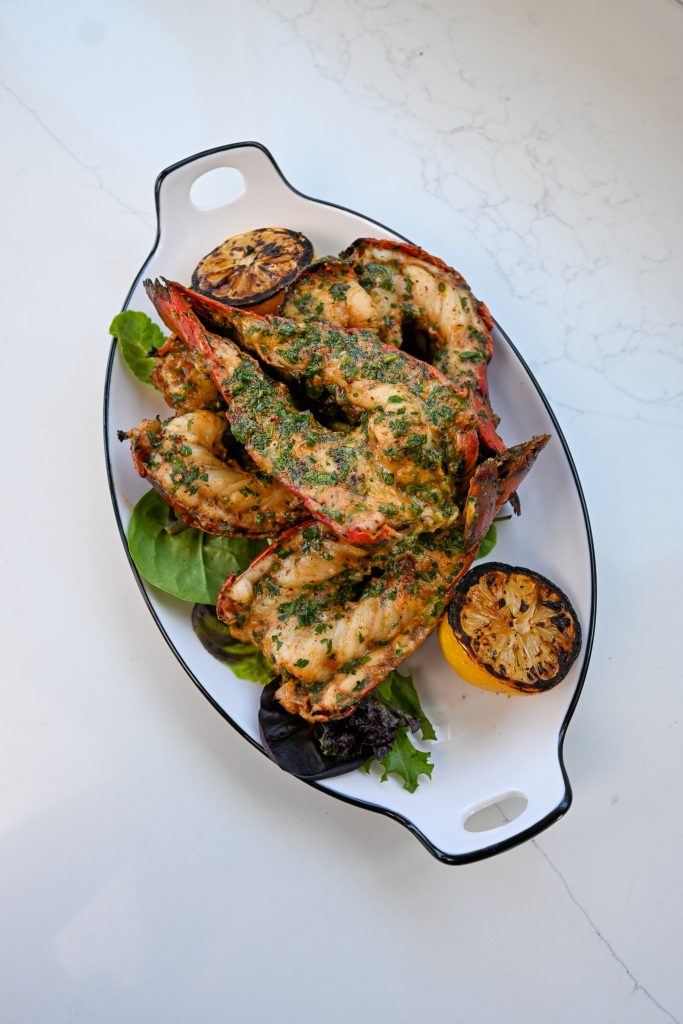
Cajun Rubbed Charcoal grilled PE...

EASY LOBSTER STIR-FRY RECIPE
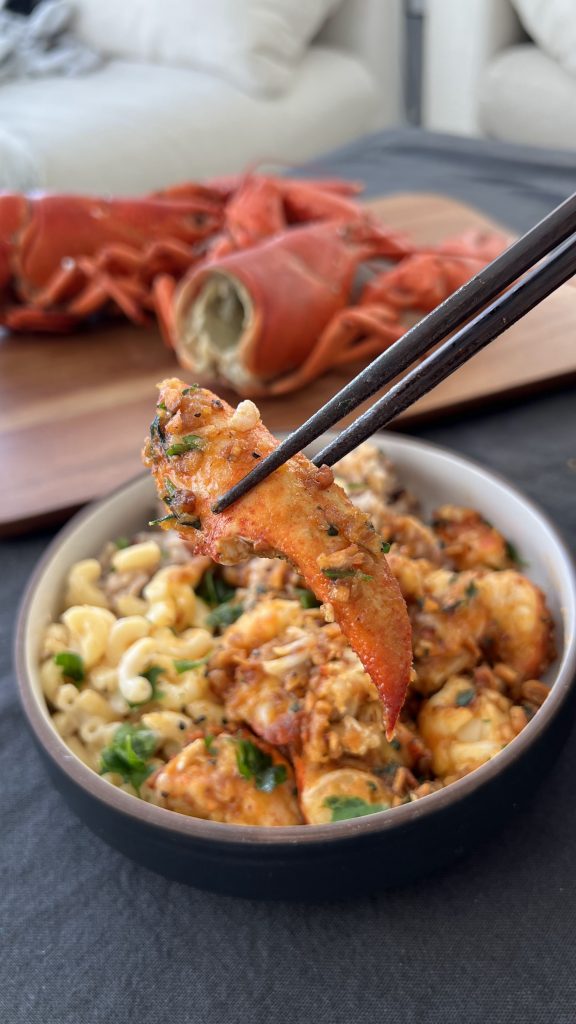
EASY HAWAIIAN GARLIC LOBSTER
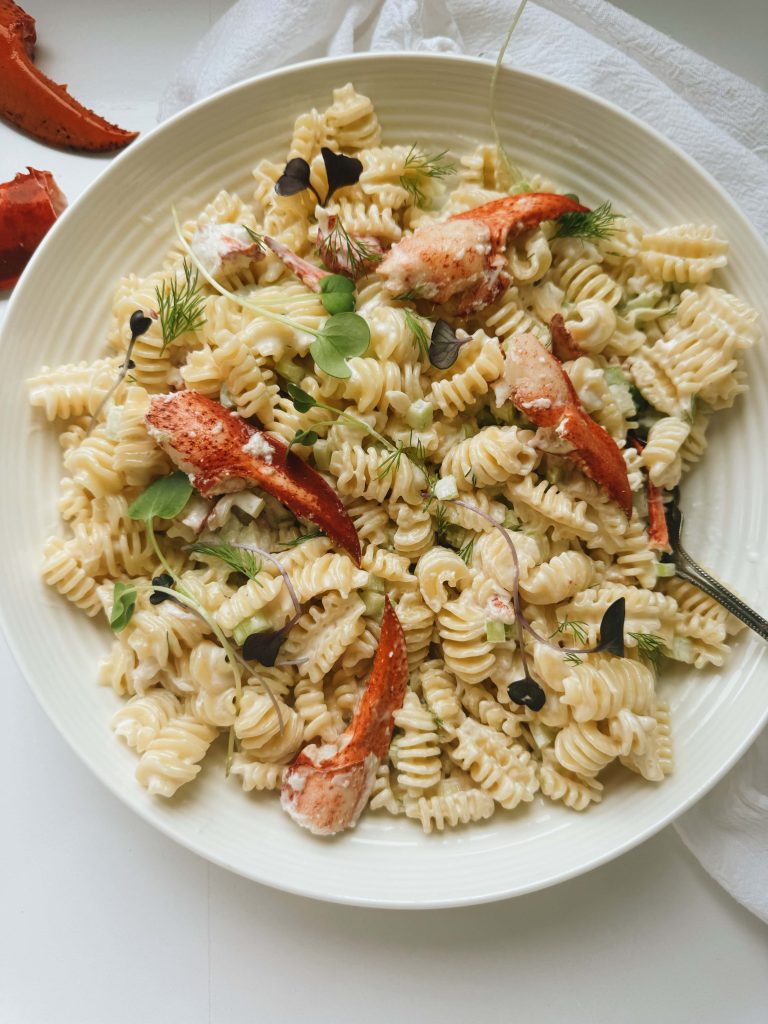
Lobster Roll Pasta Salad

Yuletide Butter Poached PEI Lobs...
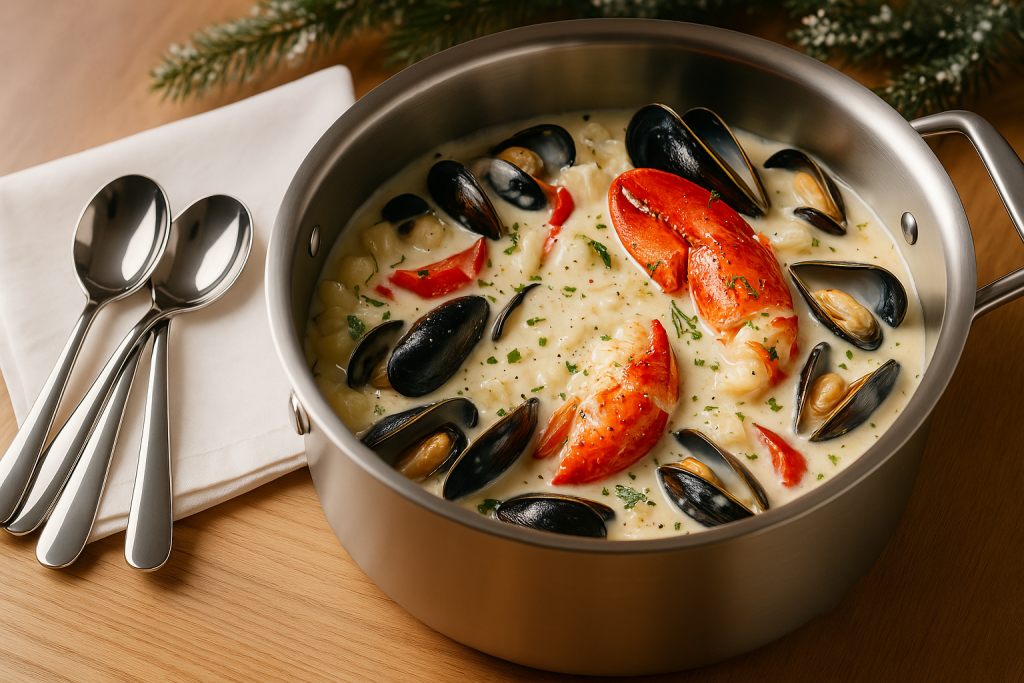
PEI HOLIDAY SEAFOOD CHOWDER

Hot and Creamy PEI Lobster Dip
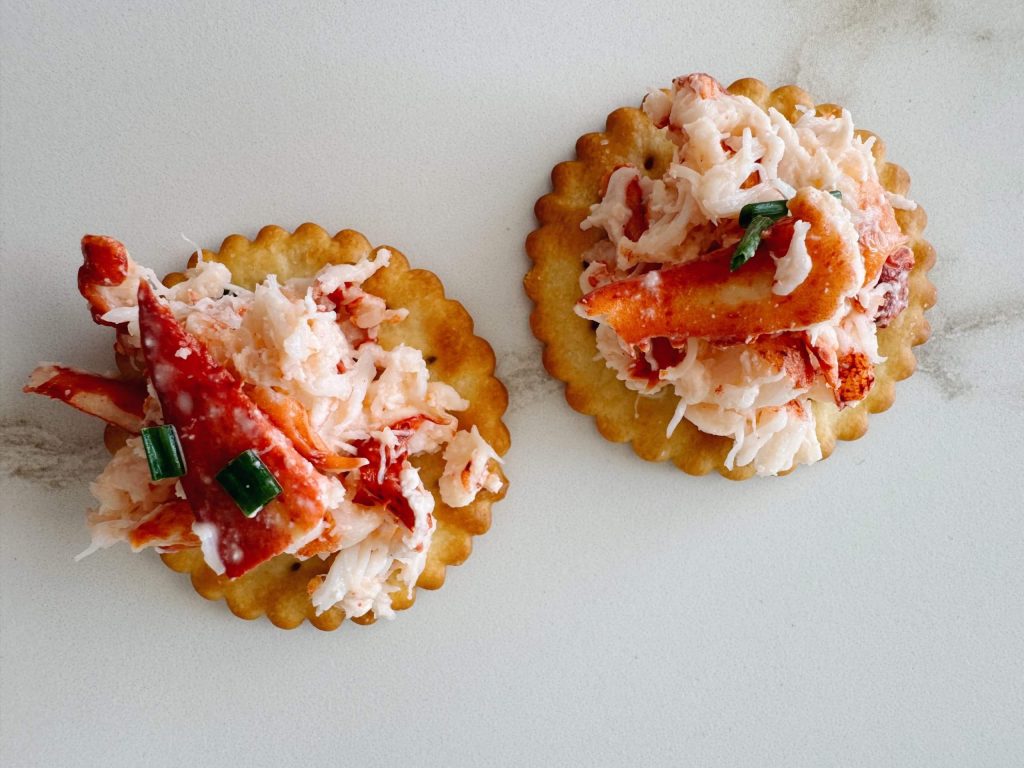
Lobster Crackers
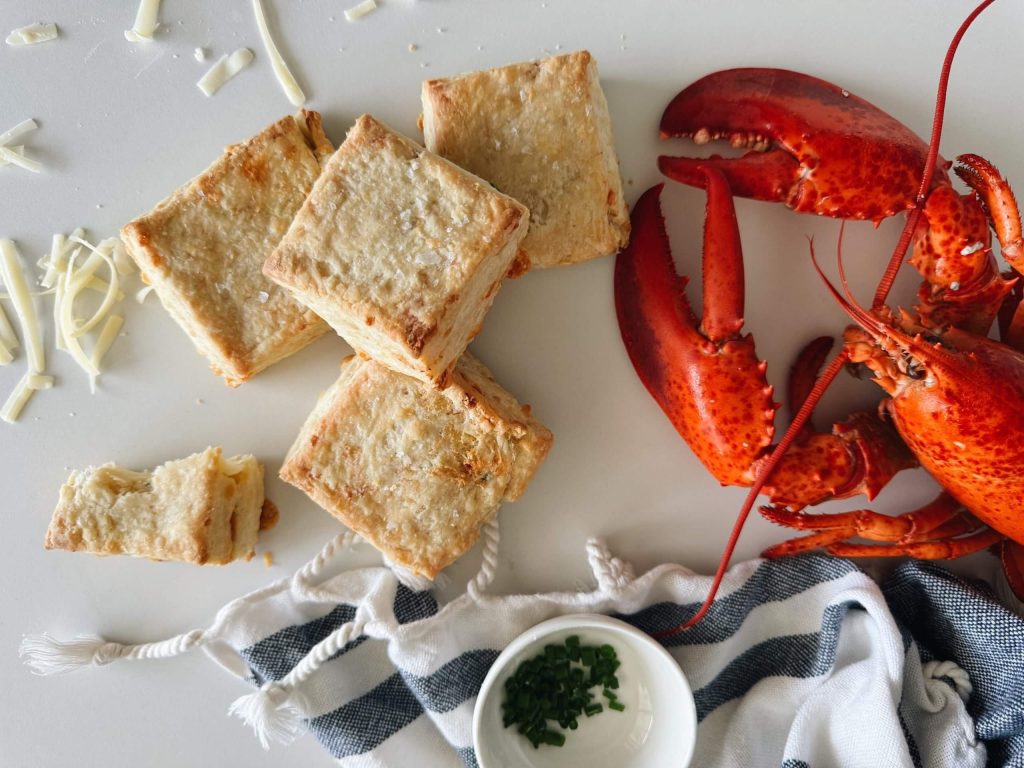
Lobster, Cheddar + Chive Biscuit...
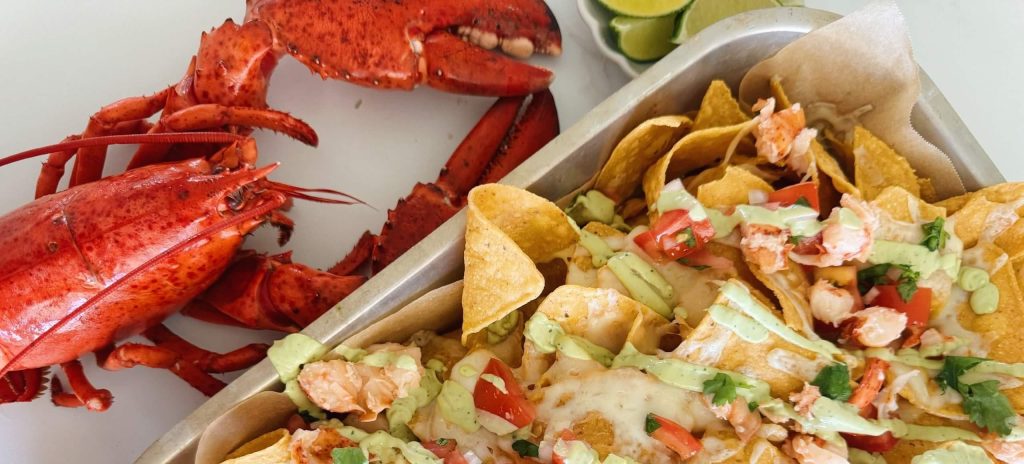
Lobster Nachos with Pico de Gall...
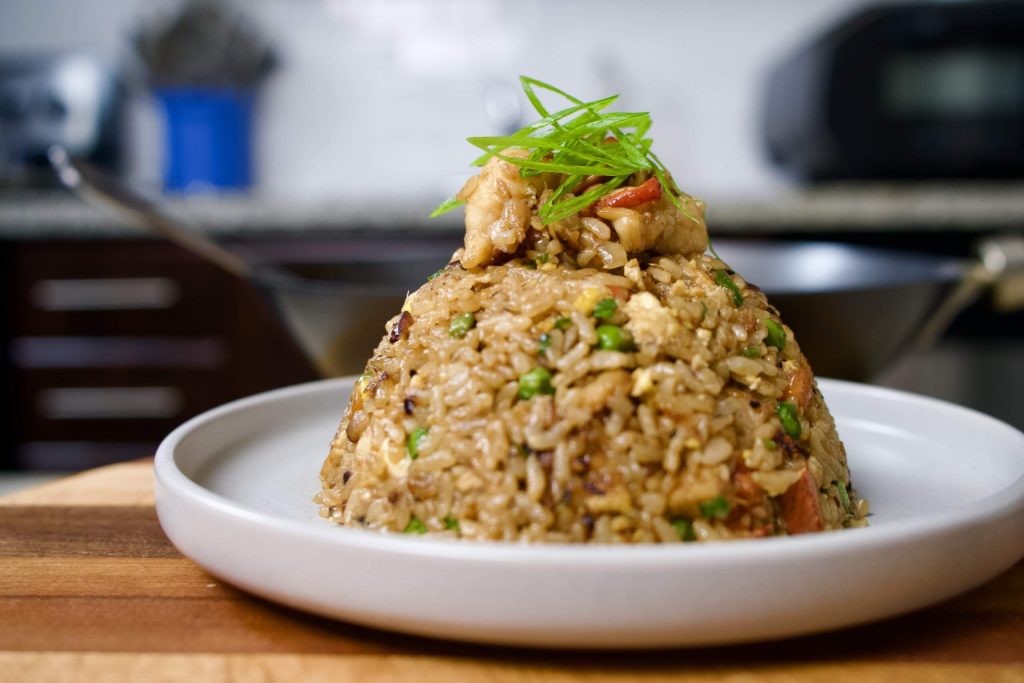
PEI Lobster Fried Rice

Butter vs Mayo Lobster Roll
Do you know lobster? A freshly laid lobster egg is the size of the head of a pin (1/16").
TrueorFalseDo you know lobster? The red part found inside some lobsters is called the roe, or the unfertilized eggs of the female.
TrueorFalseDo you know lobster? Lobsters have a pigment in their shells making the shell appear red.
TrueorFalseDo you know lobster? It takes 5 to 7 years for a lobster to grow to legal size or about one pound.
TrueorFalseDo you know lobster? A freshly laid lobster egg is the size of the head of a pin (1/16").
TrueorFalseDo you know lobster? The red part found inside some lobsters is called the roe, or the unfertilized eggs of the female.
TrueorFalseDo you know lobster? Lobsters have a pigment in their shells making the shell appear red.
TrueorFalseFresh Recipes & News